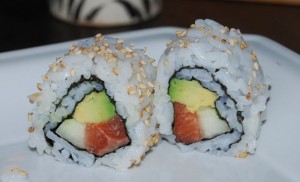The Wild Boy and Harmony, Japanese Food in Cuzco

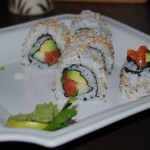
Japanese food is stylish these days in Peru, and Peruvian Japanese cuisine — called nikkei — is part of the range of culinary exports Peru is making to the world. But in Cuzco there is a humble piece of Japan, named Kintaro (Plateros 334), that shakes off current trends and flash to makes solid and very tasty Japanese food for tourists and locals.
Peru has long had an important community of Japanese immigrants and their descendants. In fact, one of the two top candidates in the recent presidential elections was the Japanese Peruvian Keiko Fujimori, who is the daughter of the former president Alberto Fujimori.
Beginning in the end of the nineteenth century Japanese began to migrate to Peru, driven by changes in Japan and by the need for workers on Peru’s coast. In Peru, they established the second largest Japanese community in Latin America with strong institutions and culture. Unlike the Chinese immigrants to Peru, the Japanese did not intermarry much, keeping themselves more as a parallel social community in Peru with their own institutions.
Given their hard work, the Japanese community was socially mobile. Nevertheless tensions arose with the mainstream Peruvian society and during WWII Peru deported many Japanese to concentration camps in the US. At the end of the war the community was only some 10,000 people strong. Now, however, the Japanese Peruvians are the largest ethnic group in Peru descended from immigrants, through they are less than 1% of the nation’s population. And, the vast majority of Japanese Peruvians are concentrated in Lima.
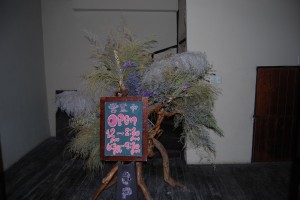
These factors help explain why, despite its current stylishness, Japanese cuisine has never crossed the ethnic barrier and become widely popular in Peru as Chinese food did. The cuisine, like so much else of their culture, stayed within their tightly organized community which had strong barriers around it, both externally and internally generated, even though one of their group became president of the country.

Kintaro restaurant derives from a very different background than that which led to Peru having the second largest Japanese community in Latin America. Kintaro derives arguably from the massive growth in Japanese tourism to Cuzco and to Peru. Although right now, because of the Japanese earthquake and the global economic crises Japanese tourism has declined; at its peak in 2009 some 50,000 Japanese traveled to Peru.
Like ethnic restaurants, such as The Meeting Place for Americans, Cafe Punchay for Germans, or Le Nomade for the French, that provide a respite of national culture in a foreign land, Kintaro creats that sense of cultural normalcy for Japanese tourists, although it also welcomes people of other origins.
The comfort begins with the name. Kintaro is a hero from Japanese folk tradition and it is often translated into English as “the golden boy”. He is widely popular in contemporary Japan. He is an ideal for boys. On Children’s Day (May 5) it has been the custom to decorate new-born baby boys’ rooms with Kintaro dolls and figures in hopes that the boy will emulate him.
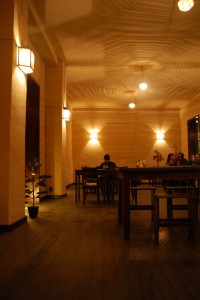
Though the legends disagree as to his origins, whether the child of thunder, the son of a woman forced to abandon her wealthy family, or an abandoned child himself, they do agree he was raised in the wild.
. . . even as a toddler, Kintarō was active and indefatigable, plump and ruddy, wearing only a bib with the kanji for “gold” (金) on it. His only other accoutrement was a hatchet(ono and masakari). He was bossy to other children (or there simply were no other children in the forest), so his friends were mainly the animals of Mt. Kintoki and Mt. Ashigara. He was also phenomenally strong, able to smash rocks into pieces, uproot trees, and bend trunks like twigs. His animal friends served him as messengers and mounts, and some legends say that he even learned to speak their language. Several tales tell of Kintarō’s adventures, fighting monsters and demons, beating bears in sumo wrestling, and helping the local woodcutters fell trees.
In a sense, Kintaro is the image of Japanese culture, with its manners and refinement, in a foreign and hence wild country. As a result, it is a very appropriate name for this outpost of Japan in Cuzco.
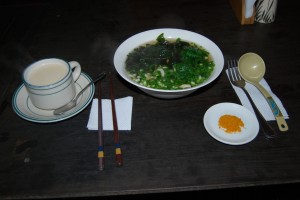
To get to Kintaro, the restaurant, one must enter through a hallway lined with handicraft vendors, as if the restaurant were off in the wilderness. About a third of the way down the hall, to the right one sees antiqued wooden doors with Japanese caligraphy. These open into another world. One is greeted by a display of dried grass and flowers ebhind which a staircase climbs to the upper floor.
Kintaro is a large, open room, decorated modestly and harmoniously. In one section stand tables of standard Western design, while on the other side are low tables with cushions so one can sit on the floor to eat, Japanese style.
Our servers were from Cuzco but they had learned the Japanese culture of courtesy and refinement which showed as they carefully laid out our table with appropriate grace and concern for aesthetics.
We ordered an Inka roll, kashiwi udon (an udon noodle, chicken soup,) a chicken omelet rice bowl, and a teriyaki chicken rice bowl.
While in the United States teriyaki chicken is often served with pieces of chicken floating in a sea of cloying teriyaki sauce, this breast meat had the smoky taste of its grilling with just a hint of the sweetness and tanginess of teriyaki on it, a perfect balance with the well prepared sticky rice.
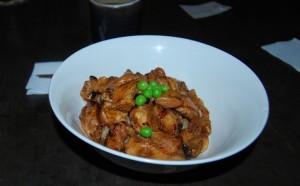
This care for balance, for each flavor being distinct and yet combining into something greater with harmony, a symphonic gestalt, carried throughout each of the dishes. But it came to its climax in the sushi, the Inka roll. Made with fresh trout, avocado, and cucumber rolled in rice and sprinkled with toasted sesame, it had the creaminess of avocado conjoined with the crunchiness of cucumber at the same time there with the delicacy of raw trout. The fish was appropriate as it is produced locally and, as a result, can have the high quality necessary for good sushi.
This roll was a revelation of Gestalt, of how good ingredients thoughtfully put together can maintain their essence while making something so much greater that they draw an ahh with each bite.
Kintaro’s menu is not high Japanese, nor chain-restaurant slick. Homey and simple, not unlike the decor, it is well thought out, well put together, and a delight. Like the Japanese boy raised in the wild, Kintaro prevails over the chaos of the market and the exhaustion of tourism to bring grace and simple delight.
